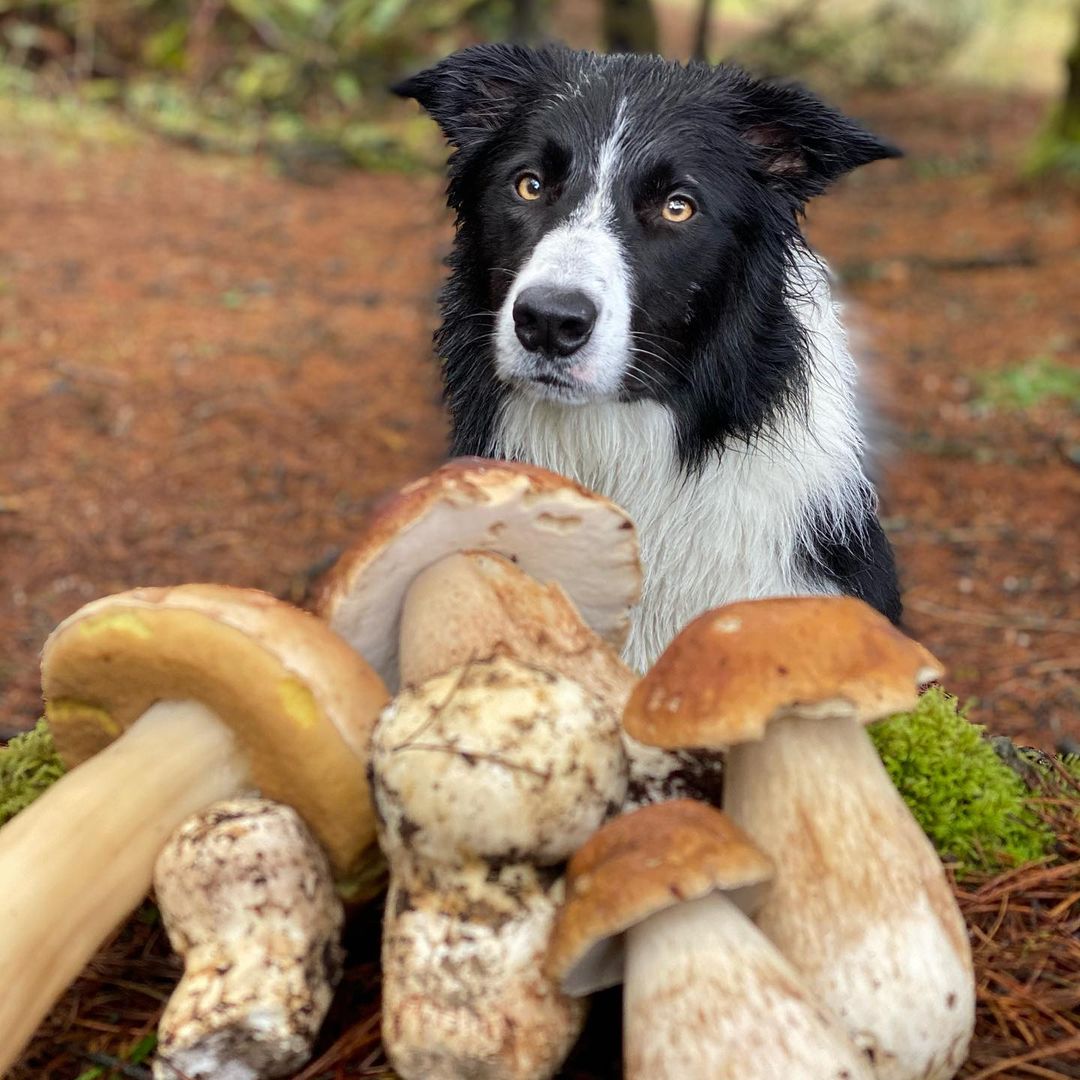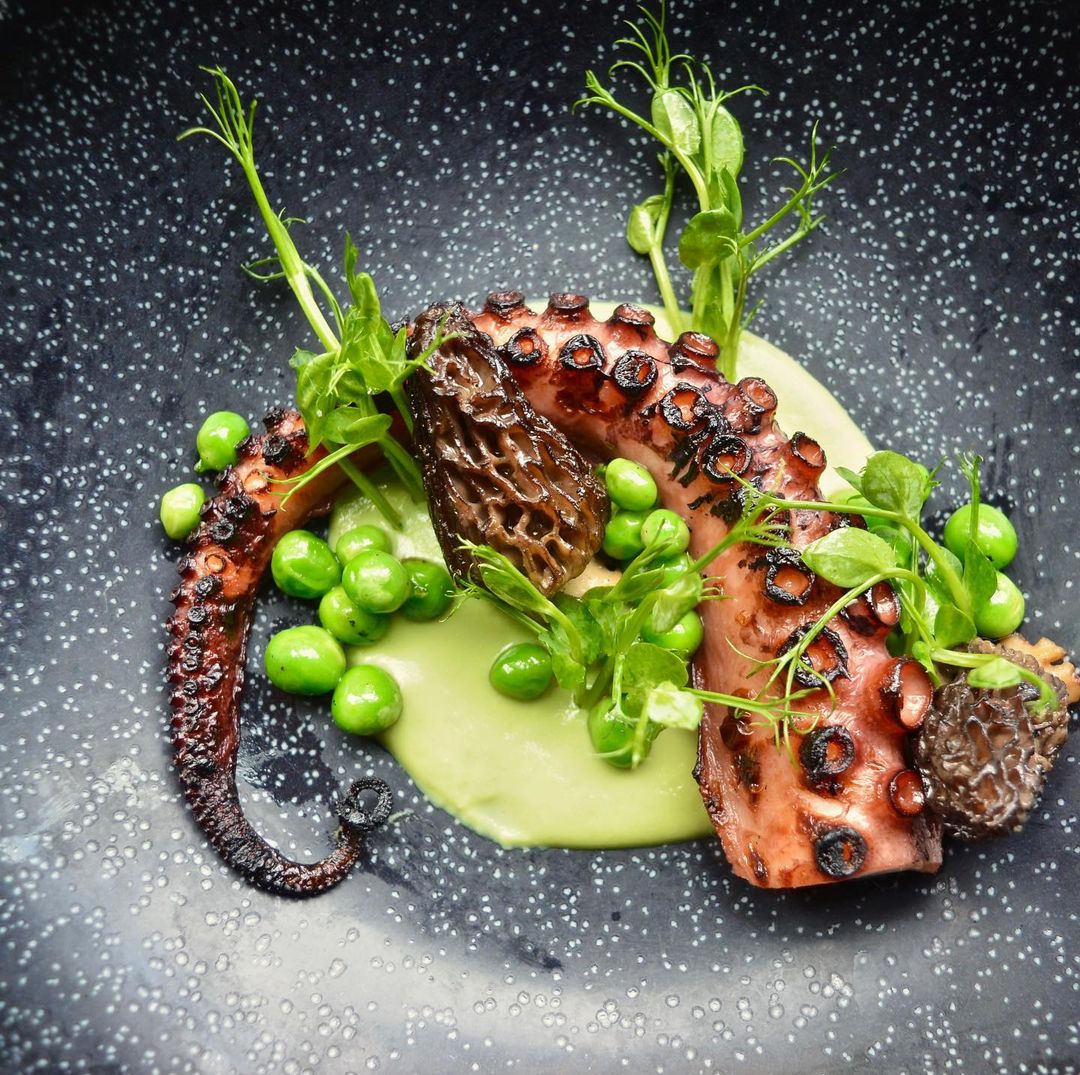
Shota Nakajima is on the brink of becoming a household name. The Seattle-based chef is competing in the new Season 18 of Bravo’s Top Chef: Portland, premiering on April 1, 2021, and if we were to place any friendly bets on how things shake out on the show, our money’s on Shota being both a fan and judge favorite.
Born in Japan but raised in Seattle, Shota began cooking in local Japanese restaurants in his teens. By age 18, he moved to Osaka to attend Tsuji Culinary Arts School and subsequently apprenticed under Michelin Star Chef Yasuhiko Sakamoto.
After returning to Seattle, Shota opened his multi-course Japanese restaurant Adana in Capitol Hill. In early 2020, he followed that up with a street food concept, Taku, influenced by his time spent in Osaka. And while Adana closed last year due to the pandemic, Shota recently announced the re-opening of Taku under a new concept.
“Shota is a young, energetic chef that truly cares about his roots and really brings them to life on each plate he creates,” said Tony Reed, Director of Foodservice at Spiceology. “ I’ve had the opportunity to cook with Shota in the past. Shota brought energy to the service that made him not only enjoyable to work with but also allowed me to learn a few things from him. I can’t wait to see his success on Top Chef and with his new concept, Taku.”
We sat down with Shota for Spiceology’s Periodically Inspired interview series that dives deep into a chef’s delicious creativity – read the full interview and get to know Shota below:
When did you first find a love of cooking?
“It started with my first sunny-side up egg in third grade. It was a lot of fun to make with my mom – she taught me to add a little water to the pan, put a lid on, turn the heat on and sing the abcs.”
People around you, music, books, travel – where do you find inspiration when you create new dishes?
“I find inspiration in art and nature; I paint and draw a lot. I also take time to walk in nature every day where I end up thinking a lot about food. I’d also say my friends are another big source of inspiration. I surround myself with people of different perspectives and we banter about cuisine and how they might use ingredients in ways I never even considered.”
What’s your dish ideation and creation process?
“I start with an ingredient; when I’m hiking or around nature, I’ll start thinking about seasonal ingredients, their smell, maybe focus on peas and then adding elements and structure to a dish, but not too much. I pull back when the main ingredient isn’t the main focus any more, but the dish is there in my head by the end.”

How does your relationship with nature influence your cooking?
“Every day I wake up early, walk through the woods, not the city. No music, no phone – this is almost like my meditation time. It’s a good way to wake up and start the day; I like having a ritual. This is the time my mind can wander and start to create.”
How did having a kaiseki (traditional multi-course Japanese dinner) restaurant limit or amplify your creativity?
“Kaiseki amplified the creativity to the max. At Naka in Seattle, we changed the menu every day, and during dinner we never repeated a menu. When you’re coming up with 100 or more different dishes in one night – it’s intense. I ended up pivoting so the menu was more approachable for everyone; at the time even my friends and colleagues couldnt be a regular to my restaurant because it was too expensive. The more people on your team – the stronger the team is. I learned more about cooking when we shifted to Adana; dishes were more collaborative and we did new things I wouldn’t have thought of on my own – I found a lot of inspiration from my team.”

What was the biggest impact of living and cooking in Japan on your cuisine?
“The perspective of what it is, what it means to cook for people. Apprenticing under MIchelin-starred Chef Yasuhiko Sakamoto – there was structure, but at the end of day, the lessons of Japanese cooking they teach you are really life lessons. The lesson and mentality to work hard and care about every tiny thing on the dish. That feeling and energy translates to the guest.”
How do you approach plating a dish? Do you consider plating an art?
“I do. I love plating. It also evolves everyday; back in the day I started with way too much and now I very much scale down. About 80% of my Instagram feed is artists, and I get inspiration from those accounts. To see and feel the colors – it all gets translated on the plate.”
Where are places you visit or what are things you do if you’re ever in a creative block?
“The pandemic and this Covid period has been hard. I like to travel; the new energy and new vibes help inspire your brain. I try to go back to Japan at least two times a year.”
What advice would you give a chef still in culinary school?
“(laughs) If you’re 18 and young – shoot for the stars. Go travel. Get out of your city. Go see something different in a different country. You’re allowed to make mistakes, which is your biggest strength. Your perspective will widen and your travels will help you in your career and life. Don’t stay in your hometown – don’t stay with your friends, they’ll be there when you get back.”
How do you experiment with flavor?
“In my head. I jot down or draw dish ideas a lot, just to experiment within my mind. I have tasted a decent amount of things and can at this point guess what things will taste like, so i’ll know the flavor combination.”

Do you feel competitive with other chefs?
“Anyone in the restaurant industry is competitive – it’s community driven, but, yes, you almost have to be with its nature of having to come up with something new to stay fresh. It’s a healthy competition; surround yourself with people you want to become. I don’t try to copy other chefs and don’t do anything that doesn’t feel genuine. (laughs) But yes, in short I’m a competitive person, (laughs) I mean I went on Top Chef!
How do you see restaurants operating in 2022?
“I see a mix – people are liking to-go, so I think we’ll see meal packaging progressing. Business owners will have a back-up plan of to-go. But I’m most excited for the next generation of first- time restaurant and business owners doing things that none of us would have thought of. I’m looking for that next wave of energy and learning from them, working with them and rebuilding the restaurant economy together.”
What’s one of your favorite ingredients to cook with and why?
“Soy sauce. I love soy sauce. It’s already perfected; Kikoman is working for a reason. Don’t try to fix it. It’s good in anything – in spaghetti and meatballs it adds a great background flavor. Or just rice with soy sauce. Also a soy sauce chaser after a tequila.”
What’s a technique or trick you learned in school or along the way that even home cooks could use?
“Buy a nice rice cooker – you can cook stews, sous vide eggs, bake bread and cake – it’s an under-utlized kitchen tool.”
What do you consider a chef’s role to be in a community?
“I’m not a politician, I’m a chef. I focus on taking care of my team and staff – people with good integrity and morals and hopefully that rubs off and grows within the community. That’s how I try to contribute – to be a good example for my staff and impact the people around me as much as I can. We’re in hospitality – our job is to take care of people.”
What would you consider a defining trait of the Seattle food scene and chef community?
“It’s evolving as we speak, especially with Covid. And it’s evolving quicker than ever; more restaurants should get more love and attention – I love to see smaller places being supported by the community.”
Favorite dish to cook for yourself?
“Anything with rice.”
Favorite dish to cook for friends and family?
“Things that go with rice. For my mom and dad I’ll make 10 different tiny dishes that go with rice. And I am so picky with my rice – I hate shitty rice. Do not use cheap rice in your restaurants!”
What’s a spice you consider under-valued?
“Sansho peppercorn – it’s a Japanese-style of the szechuan peppercorn and gives a great numbing effect. People have a hard time using it sometimes, but a little bit in the background is delicious – just a tiny bit.”
What are your breakfast, lunch and dinner restaurant recs when in Seattle?
“Breakfast – Jade Garden dim sum. For lunch, pho is the most efficient lunch – I go to Pho Huy. And dinner – Kiku Sushi. It was the first restaurant I worked at; they do great sushi and the kitchen staff are the same family as when I worked there almost 20 years ago – they still come out and give me shit.”
Follow Shota on Instagram at @chefshota, and if you find yourself in Seattle, visit Taku to sample his (potentially award-winning) wares.


